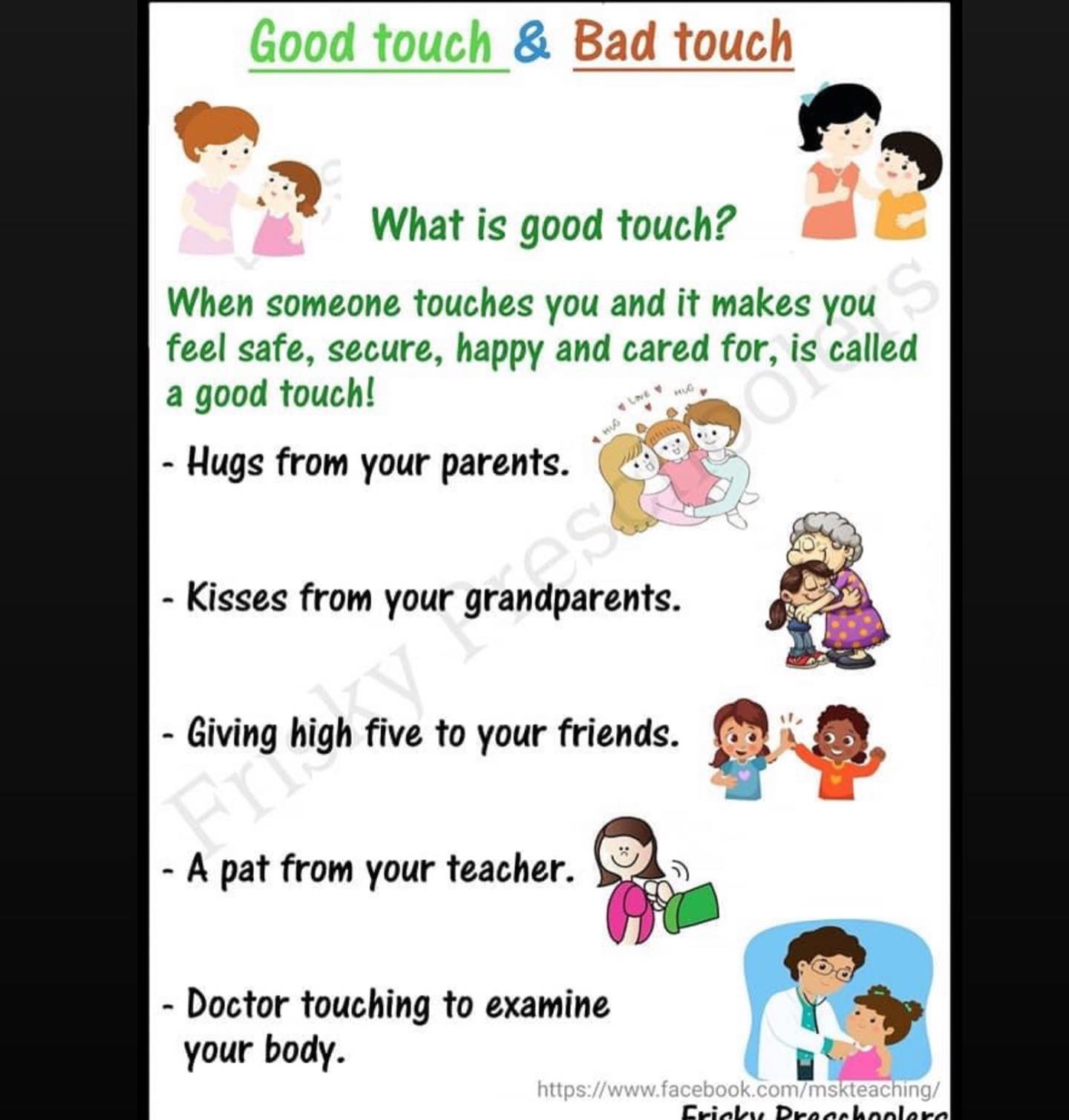

Did You Know ?
@didyouknow
2 years ago
Use Simple Language: Depending on your child's age, use simple and clear language that they can understand. For very young children, you might say, "Good touch is when someone gives you a hug that makes you feel happy and safe. Bad touch is when someone touches your private parts or makes you uncomfortable."
Start Early: It's never too early to start the conversation. You can introduce the concept of body boundaries when they're toddlers. Reinforce the idea of personal space and consent.
Teach Body Parts: Teach your child the names of their body parts, including the private ones, using correct terminology. This helps them communicate effectively if they ever need to.
Use Books and Videos: There are age-appropriate books and videos available that can help you explain the concept of good and bad touch. These resources often use relatable characters and scenarios.
Role Play: Engage in role-playing scenarios where you can act out different situations, such as a friendly hug from a family member and an uncomfortable touch from a stranger. This helps them differentiate between the two.
Establish Trust: Let your child know that they can always talk to you about anything, especially if someone makes them feel uncomfortable. Ensure they understand that you won't get angry or blame them.
Set Boundaries: Teach your child to say "no" or "stop" if they feel uncomfortable with a touch, even from a well-meaning adult. Empower them to trust their instincts.
Encourage Questions: Be open to questions and provide honest, age-appropriate answers. If you don't know the answer, promise to find out together.
Know Their Friends: Be aware of your child's friends and their parents. Make sure they understand and respect your family's boundaries.
Reinforce Regularly: This is not a one-time conversation. Revisit the topic periodically, especially as your child grows and encounters new situations.
